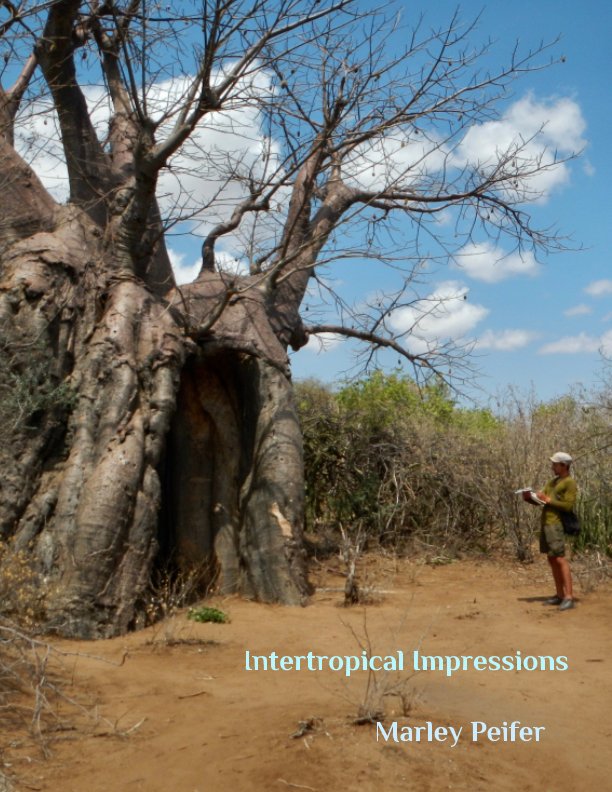On a warm summer afternoon you walk down the rocky trail at your favorite regional park. Despite the beautiful surroundings, your head is full of thoughts about work, family obligations, and financial concerns. Coming to a steep part in the trail, you are about to grab a rock for support when your hand jerks back with a mind of its own.
Your distracted consciousness snaps back to the here and now. And then you see it. Coiled menacingly on the rock, inches from where you were about to put your hand, is a rattlesnake. Looking at it now with all of your attention you realize how camouflaged it is yet how striking the overall pattern is. There is something archetypal about the diamond shape of its pit viper head, the bulge of its jaw and the ridge over its gleaming eye.
Our human ancestors needed to recognize patterns in order to survive. This ability allowed them to discern dangers and take advantage of opportunities. As our proficiency for patterns grew it allowed our species to learn faster, adapt to new conditions, and eventually spread across the face of the planet. While there are fewer hidden predators and poisonous snakes for us to contend with, the modern, more urbanized human still depends greatly on the ability to recognize patterns. And for those of us who are interested in reconnecting with nature, tracking, or hunting, a fluency in the language of patterns is essential.
So what is a pattern? Two definitions from the Oxford English Dictionary stand out:
1. An arrangement or relationship of elements, especially one which indicates or implies an underlying causative process other than chance.
2. A regular and intelligible form or sequence discernible in certain actions or situations; especially one on which the prediction of successive or future events may be based.
The first definition points to the fact that a pattern is not a superficial event and is not random, it is based on an underlying process. This is crucial when filtering information through awareness and focusing learning. Paying attention to patterns will lead to an understanding of underlying causes while paying attention to noise or superficial elements will not provide the same advantage.
The second definition points to the crux of the matter, namely the ability to predict. Patterns repeat themselves in a meaningful and intelligible way. Understanding the pattern allows the brain to make accurate predictions about future events. The ability to remember previously encountered patterns and make accurate predictions is the basis of intelligence. See my review of Jeff Hawkin’s book “On Intelligence” for more on the brain science behind prediction “On Intelligence“.
In the rattlesnake example above, the brain recognized the pattern in a “bottom up” process, where the more primitive parts made the call while the conscious neocortex was thinking about family problems and finances. Have you ever jumped back from what looked like a snake or a spider before you even realized what you were doing? Have you ever known what someone was going to do before they even did it?
These are a common occurrence that many people refer to as gut reactions or intuition. Much of our interpersonal relationships are actually based on the lower parts of our brain reading minute patterns in other people’s body language, tone of voice, and even smell. These intuitive, sometimes almost magical, predictions are also a central part of sports mythology and any field that requires high performance. Being open to these responses and training our brains through repeat exposure to these patterns we can react more quickly and more accurately whether in sports, business, relationships, or in the wilderness.
It is important to be aware of our bottom up pattern recognition but we can also bring our conscious awareness to the task and achieve great benefits. Paying special attention to patterns when learning new things will make it easier and faster to develop a holistic understanding of the subject matter. For example, When learning a new language, you can get a huge head start if you look for words that share a common ancestry with words from your native tongue. As this understanding of etymological patterns grows, your ability to learn languages and predict the meanings of foreign words will improve. If you start from scratch, with rote memorization of long vocabulary lists you will take much longer.
Some patterns repeat so often in nature that they demand special attention. The branching pattern of a river into smaller and smaller tributaries and streams can tell us much about the basic functioning of our universe. This pattern can be seen in plants, in our veins, in minerals, and even in our families.
By intentionally thinking in terms of patterns we can accelerate our learning, deepen our understanding, and make more accurate predictions in our field.
Whether predicting the presence of a poisonous snake, learning a new language, or tracking a trophy elk the ability to recognize patterns can save your life, and make it much more magical.

